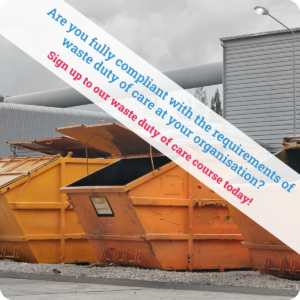Jurisdiction: UK
Commencement: 26 May 2020
Amends: The Merchant Shipping (Prevention of Pollution from Noxious Liquid Substances in Bulk) Regulations 2018
The Merchant Shipping (Prevention of Pollution from Noxious Liquid Substances in Bulk) Regulations 2018 implement the revised version of Annex II (Regulations for the Control of Pollution by Noxious Liquid Substances in Bulk) of MARPOL 73/78. The purpose of MARPOL is to protect the marine environment by controlling operational pollution and reducing accidental pollution resulting from groundings and collisions from ships carrying Noxious Liquid Substances (NLS) in bulk.
Amendments are made to correct an error in the Merchant Shipping (Prevention of Pollution from Noxious Liquid Substances in Bulk) Regulations 2018 (the ‘2018 Regulations’). The prohibition on the discharge of noxious liquid substances* causing pollution, now applies to UK territorial waters and controlled waters**.
Previously, the 2018 Regulations only applied to the UK’s territorial waters. This reduced the UK’s powers to enforce requirements and/or prohibitions in respect of illegal discharge of noxious liquid substances from any ship operating in and around the UK’s controlled waters. Ballast water***, tank washings or other mixture containing a noxious liquid substance are also prohibited from being illegally discharged in and around the UK’s controlled waters.
*Noxious liquid substances are substances that are hazardous to marine and human health. These are categorised in accordance with Regulation 6 of Annex II to the MARPOL Regulations. Noxious liquid substances are divided into 4 categories:
- Category X. Substances which present a major hazard to marine or human health. Discharges are prohibited into the marine environment.
- Category Y. Substances which present a hazard to marine or human health. Restrictions are in place to limit the quality and quantity of the discharge into the marine environment
- Category Z. Substances which present a minor hazard to marine and human health. There are less stringent restrictions on the quality and quantity of the discharge into the marine environment.
- Other Substances. These are substances not included in category X, Y and Z. Currently these substances do not present a risk to harm marine and human health. There are less stringent restrictions on the quality and quantity of the discharge into the marine environment.
** Controlled waters are waters within the jurisdiction of the UK, and includes:
- territorial waters
- The UK’s territorial waters extends 12 nautical miles from the lowest water mark around the coast. The lowest water mark around the coast is known as the baseline;
- coastal waters;
- inland waters (e.g. rivers, lakes etc.);
- surface water;
- public supply reservoirs; and
- groundwater
*** Ballast water is water held in tanks and cargo to help increase stability. Sometimes ballast water can contain sediments.
n.b Although these Regulations are enforced from 1st June 2020, on 1st January 2021, new discharge requirements will come into force. This will reduce the quantity of noxious liquid substances that can be legally discharged.
The Legislation Update Service is the best way to stay up to date automatically with legislation in England, Wales, Scotland, Northern Ireland and the Republic of Ireland.
Sign up for your free trial to get instant access.
